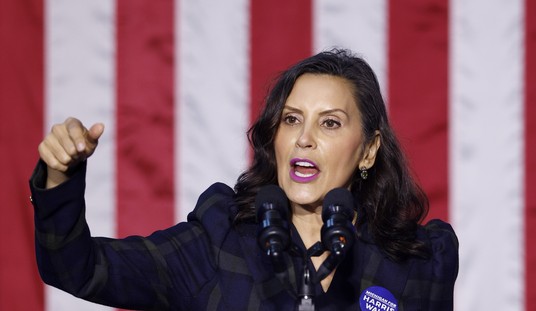On Saturday, Congress unveiled its latest spending plan in response to mounting pressure from President Donald Trump, who urged Republican lawmakers to avert a potential government shutdown.
BREAKING: President Trump endorses the continuing resolution to stop the Democrats from shutting down the government AND DOGE. We need to pass this thing so we can get to the actual reconciliation fight to get the country's financial house in order and Make America Great Again pic.twitter.com/XXFCuGWZls
— Townhall Media JG (@JonGarthwaite) March 8, 2025
The proposed spending package aims to address critical funding needs while navigating the divided priorities within the GOP. Trump's call for unity on the issue has added urgency to negotiations as both parties scramble to reach an agreement before the deadline to keep the government fully operational.
House Republicans released a six-month stopgap government spending plan that would cut nondefense programs while increasing funding for defense. If the bill is passed, Congress would avert a partial government shutdown during the first 100 days of Trump’s second term and keep the government funded through September. The current deadline to prevent a shutdown is March 14.
Trump is in support of this new CR
— DC_Draino (@DC_Draino) March 8, 2025
House Freedom Caucus is in support of this new CR
Everyone recognizes the reality of this bill - it’s the stopgap measure we need until the big DOGE spending cut bill in September
That’s where we send DC spending through a woodchipper https://t.co/EDFvTHhbmI
Recommended
According to the 99-page bill, the plan includes a moderate defense funding increase to about $6 billion above fiscal year 2024 levels, though below levels previously agreed to for fiscal year 2025 under a bipartisan spending-limits deal struck in 2023. The bill also seeks to allow the Defense Department flexibility to start new programs and move funds around, as defense hawks have raised concerns about the military being hamstrung by a six-month funding patch without significant changes. It would also fund already-authorized pay increases for junior enlisted military personnel. There is also $6 billion allocated to healthcare for veterans. Additionally, funding for non-defense programs would decrease by about $13 billion below fiscal year 2024 levels.
It allocates $892.5 billion for discretionary federal defense spending and $708 billion for non-defense discretionary spending.
Democrats are terrified of the Continuing Resolution (CR) that President Trump and the Republicans are trying to pass.
— Wall Street Mav (@WallStreetMav) March 8, 2025
They hate it because it enables DOGE to continue and cuts to be made.
Democrats want to shutdown the govt (block CR) to stop DOGE cutting waste and fraud. pic.twitter.com/ccBjJP4tZs
House Republican aides said the bill was "closely coordinated" with the president but stopped short of confirming whether it had Trump's official approval.
🚨🇺🇸REPUBLICANS DARE DEMOCRATS TO OPPOSE FUNDING BILL CR AFTER SHUTDOWN WARNINGS
— Mario Nawfal (@MarioNawfal) March 8, 2025
Republicans are taunting Democrats to vote against the continuing resolution (CR) to prevent a government shutdown—just 3 months after Democrats warned a shutdown would hurt everyday Americans.… https://t.co/oIrFxqwW2T pic.twitter.com/RuHVgGQ3eq

























Join the conversation as a VIP Member